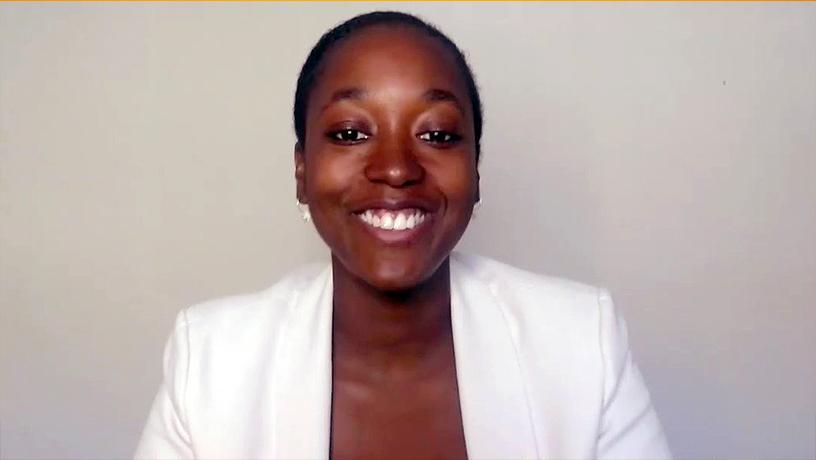It’s Getting Hotter. What Can We Do?
Mechanical Engineering Professor and energy systems expert Bianca Howard has some ideas to tackle rising temperatures.

Heat waves like the one we just experienced across the country are only going to get more common with climate change. New York City could see up to 69 days over 90 F by 2050. That's more than two-thirds of the summer. This is a big change from 15 years ago when the average was 17 days.
Bianca Howard, assistant professor of mechanical engineering works on modeling methods to manage the energy consumption of buildings and their energy systems. Her research is focused on policy analysis, design and operation of buildings to deliver net-zero greenhouse emissions goals for communities, cities, and countries. We asked her about what we can do to get through these increasing heat waves.

Bianca Howard, assistant professor of mechanical engineering, leads the Building Energy Research lab at Columbia.
Make more cooling centers available
To survive this heat, we need to be able to keep cool and that means having cool shelters available, from buildings to subway cars. This is a public health issue for our most vulnerable New Yorkers. New York City has cooling centers around the city available to provide access to cooling and has programs to get air conditioners to the most vulnerable folks, although high energy costs may prevent their use. Given the magnitude of the projected change in extreme heat, I'm in favor of the strategy of requiring a maximum summer indoor temperature that must be maintained by landlords.
However, increased cooling has several challenges that must be addressed.
More trees, more green spaces
First is that air conditioners move heat from indoors to outdoors, exacerbating our existing urban heat island effect. We need to increase the amount of natural vegetation and implement other changes to the built environment to cool the streets themselves.
Generate more electricity from renewable sources
Second is that we need more electricity, and because we do not want to continue to contribute to climate change, electricity needs to be generated by renewable sources. In New York, we have access to a fairly low-carbon electricity mix but transmission limits access to upstate wind resources. Further distribution networks need to be upgraded to accommodate the increased electricity demand for cooling. This coincides with our need to electrify heating as well which will require major upgrades.
Build more resilience to power failures
The third challenge is that this increased demand with limited infrastructure can lead to brown- and blackouts, which during a heat wave can be deadly. It's in this situation that we look to resilience measures to maintain comfortable temperatures inside without access to grid power. The first measure we can do is make our buildings more energy efficient with respect to the building envelope by adding insulation and minimizing air exchange with the outdoors. This allows buildings to stay cooler longer. The second option, which can be difficult in New York, is to consider rooftop solar and battery systems operated to manage the critical loads to keep people just cool enough until grid power returns.
Adapt to a new normal
But adapting to this new normal will come at a cost. Electricity prices have gone up in New York, not due to generation costs but due to investments in our electricity infrastructure to make some of these changes. As we make these adaptation measures, we must ensure that these rising costs don't increase the energy burden -- the percent of income households spend on energy -- to unreasonable levels and that cooling access is available to all New Yorkers.
